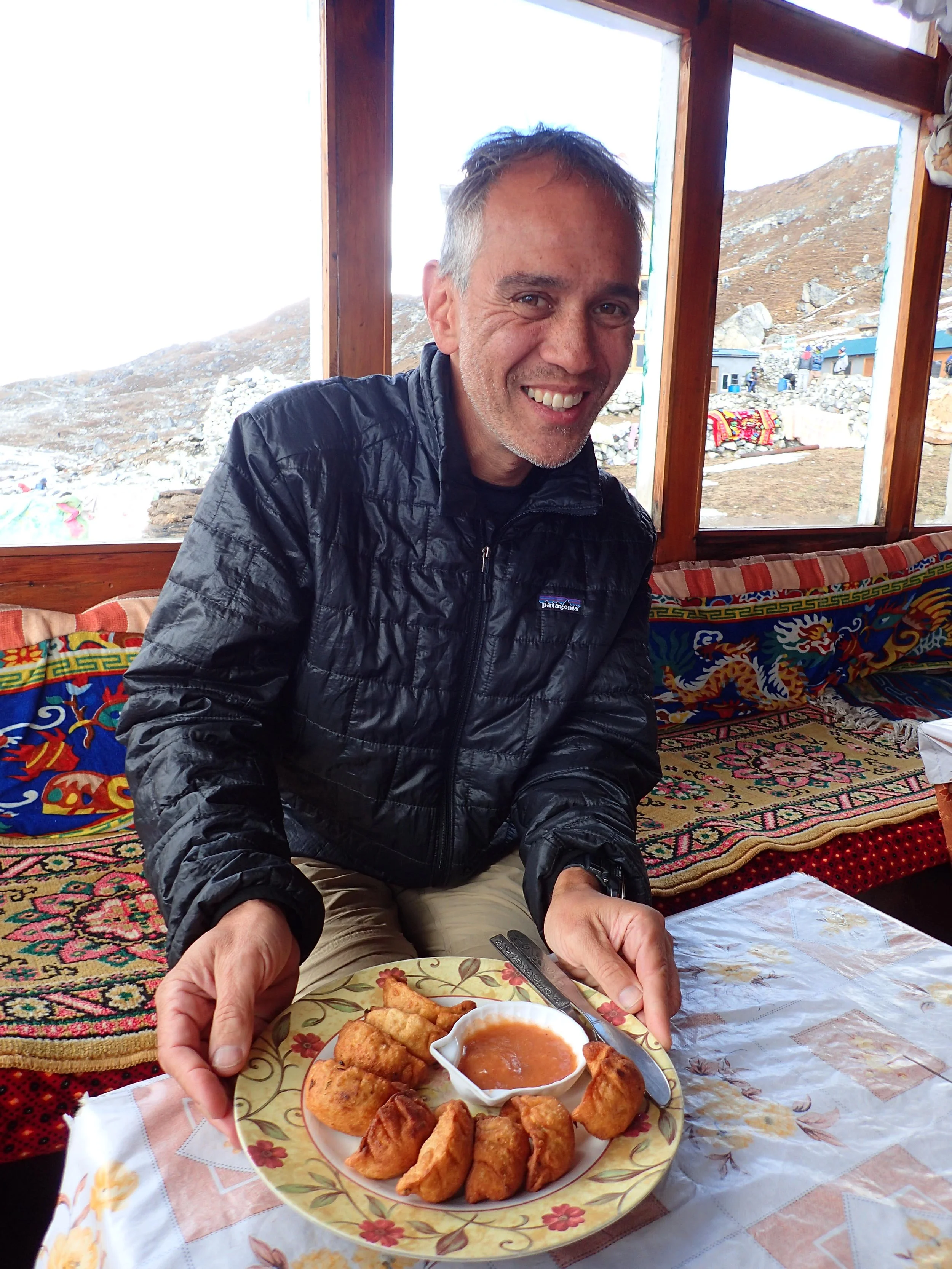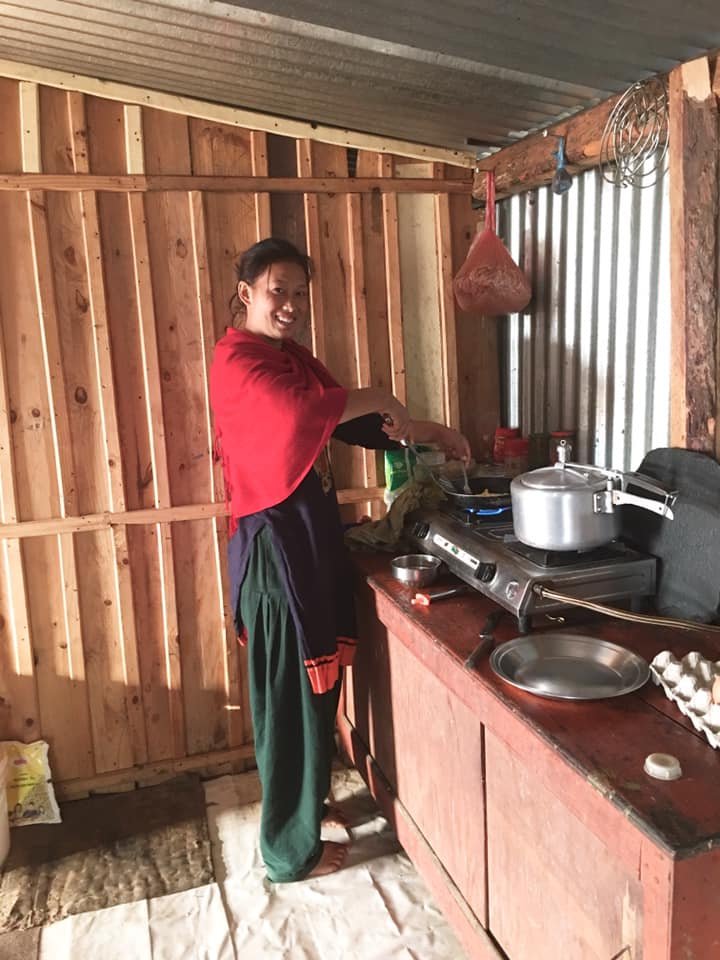Trekking in Nepal’s spectacular mountain regions is truly a must-do experience. But what should you expect on your trek.
Accommodation: Typical accommodation on Nepali trekking routes are trekking lodges often referred to as tea houses. Our guides will always try to book the best lodges in a particular village, but do be warned some (especially along more popular treks) may be full. Staying at a tea house is an authentic experience, as these family-owned businesses offer genuine hospitality and good food.
Although they range in quality, most tea houses offer basic accommodation that is a welcome reprieve after a day’s trekking. Beds will be firm most of the time, and although not always necessary, some trekkers prefer to take their own pillowcases and sleeping bag liners with them. Don’t expect luxury accommodation, but most travelers find the charm of these authentic guest houses in fact adds to the overall experience.
Food: Due to logistical issues of getting food up these mountains, do not expect high-end eating, but this doesn’t indicate a lack of quality to trekking food. Tea houses along most routes provide a wide variety of food, and in more popular trekking regions, most food on offer is often well-suited to tourist tastes, like western dishes or Tibetan momos. This is especially true with the numerous German bakeries and fake starbucks in the lower Everest regions. Do note a menu item billed as something western (for example, pizza) will not likely resemble something normally served elsewhere, but in most cases you’ll be more than happy to have a hot meal.
Tibetan momos can be either vegetarian or meat. These are served with a spicy sauce.
Typical kitchen in the mountains
Hot drinks like tea or hot lemon or ginger are near-universal throughout Nepali trekking regions, and are a must for keeping hydrated at high altitude. Foods like garlic and ginger especially help with high altitudes, so options like garlic soup is a good choice.
Trekking can leave you pretty hungry, so ordering Nepal’s national dish of dal bhat (rice and lentil curry) is a great option. The dal bhat power: 24 hour t-shirts sold in Pokhara don’t lie-this especially nutritious meal is not only energy-rich, but is also very filling-some trekking lodges even offer refills.
Dal bhat is the traditional Nepali meal and a great option when hungry.
Roti for breakfast can be served with eggs.
Difficulty: Being the home to the world’s highest mountains, Nepal’s trekking routes range from well-established paths, simple trails with markers, to unmarked routes for experts. Luckily, most routes offered by Beyond the Clouds are fairly established, and trekking routes around the Poon Hill region tend to be fairly accessible for a trekker with decent degree of fitness. Clear weather in Nepal’s trekking regions guarantees spectacular mountain views, but most treks, unless traversing mountain passes or in very high altitude will not mean trekkers will need to walk in snow.
Treks like Poon Hill, Jomsom and the lower part of the Everest region are suitable for older travellers, or even families with children, as these well-established trekking areas abundant with trekking lodges and decent food, meaning a short day on the track is possible. On the other hand, some treks, such as Khopra Ridge or Three Passes offer a more intrepid experience for trekkers with good fitness and keen for a challenge. However, other treks are suited to families with children and less fit clients.
We at Beyond The Clouds work with all our clients to design the best itinerary to suit. We also provide frequently asked questions (FAQs) which help you understand what to expect from your trek as well as a comprehensive trip dossier.
Be prepared to share the path with yaks, donkeys and mules.
For more information click here











